Manhattan, New York famously plays host to some of the world’s tallest and most recognisable buildings, from the Empire State Building to Rockefeller Plaza.
But despite centuries of construction success stories, the 59.1 square kilometres is more recently known for an embarrassing tale the city would rather have visitors forget.
Unofficially dubbed ‘The Leaning Tower of FiDi’, a catastrophic high-rise near Wall Street has plagued downtown Manhattan’s lucrative property market.
1 Seaport was lauded to be the first ever all-glass residential skyscraper built on the lower-Manhattan waterfront, complete with sixty stories, a private porte cochère, a hydrotherapy spa and an infinity pool.
Located on the edge of the financial district, developers had high hopes of selling properties in the 670ft building for $30 million.
But after early sales success, the $300 million project descended into disaster when developers realized the building had a 3-inch tilt, leading to a tumultuous spiral of legal battles, architectural scraps and even the death of a builder.
The development began when construction giant Fortis Property Group bought one of the last undeveloped plot’s of lower Manhattan – an old car park.
The purchase was completed in 2013 for $64 million, and construction work on the tower, which would have 80 residential units, began in July 2015.

Unofficially dubbed ‘The Leaning Tower of FiDi’, a catastrophic high-rise near Wall Street has plagued downtown Manhattan’s lucrative property market
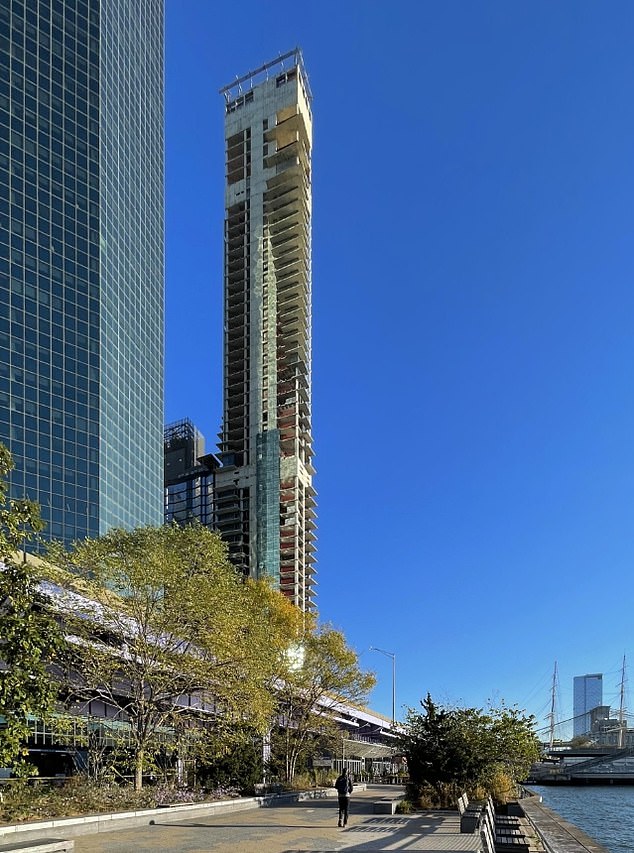
The 670-foot high rise has been left to rot as it looms over Manhattan’s East River
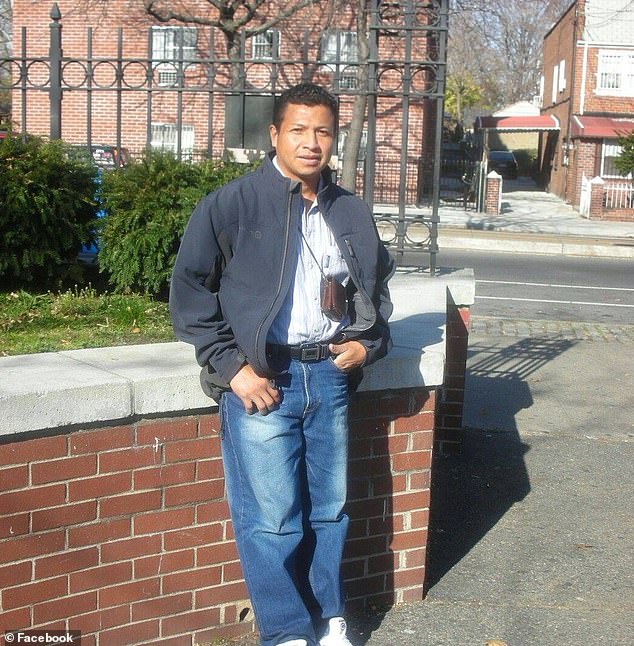
Juan Chonillo, pictured, fell to his death from the skyscraper’s 29th floor while working on the structure in 2017
Despite being a lucrative site, the site’s ground was far from ideal to host such a large building and developers opted for a departure from usual skyscraper foundations.
Rather than drilling steel pylons through the ground until they reach bedrock, Fortis opted for soil improvement, which is where concrete is directly injected into the ground in order to make it firmer.
It was reported at the time that this would save the constructors $6 million, and developers went ahead with it despite all other surrounding buildings being anchored by piles.
Fortis hired Italian construction firm Pizzarotti to direct the project, but there were problems from the beginning – workers reported carrying out jobs in darkness and in areas scattered with debris, the New Yorker reports.
By 2016, the two firms were already butting heads over working hours and ambitious targets to finish the building within a year.
But matters became far worse in 2017, when a worker at the tower plunged to his death.
Juan Chonillo, 44, a father-of-five and carpenter originally from Ecuador, had moved to Queens with his older sister Angela and joined cousins working in construction.
Eleven years later, on September 21, 2017, he was working on the high-rise site on floor 29.
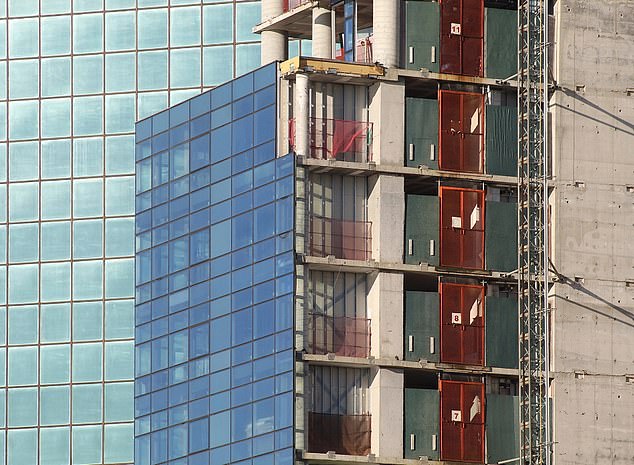
The development is still a skeleton of its once-great potential, where luxury apartments are instead left open the elements and million-dollar amenities are yet to be installed
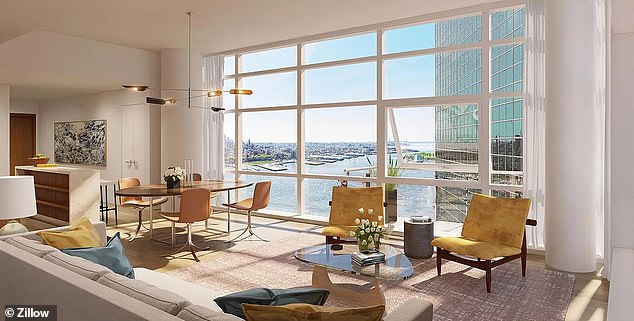
Residents were promised lavish amenities including a health spa, fitness center, infinity pool, and even a luxury yacht service at no extra cost
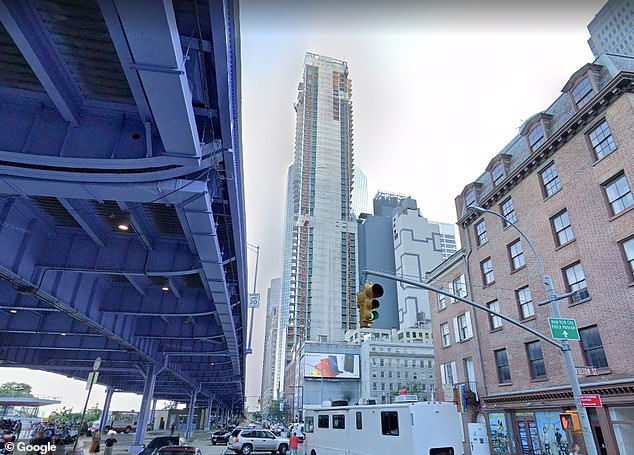
The building’s developer has insisted that despite going uncompleted for nearly a decade, it still maintains plans to finish the towering skyscraper
Miscommunication with a crane operator meant a platform he was standing on moved and he slipped and fell, crashing down onto the sidewalk and dying instantly.
Construction was halted for several months as a result, before getting back underway in January 2018.
Just three months later, execs received more bad news – a memo warning of ‘structural issues’, ‘unusual settlement’, and ultimately stating that the tower was leaning three inches to the north.
Rather than halt work, construction efforts sped up and a botched attempt to straighten it out in mid-air began, by deliberately setting higher floors off centre to the south to try and balance out the lean.
Instead, it simply made things worse. Now the lean stands at around eight centimetres and, in one lawyer’s pithy description during a court hearing, is ‘shaped like a banana’.
Meanwhile with the cheapest apartment costing over $1.3 million, the building sold half its available units within months, after striking preliminary sales launched in April 2016.
By the time the on-again off-again skyscraper officially topped out by September 2018, 78 of the building’s 98 condos were already off the market.
Amid hostile finger pointing over the lack of progress, Pizzarotti launched its lawsuit against Fortis in March 2019 over the 8cm northward lean.
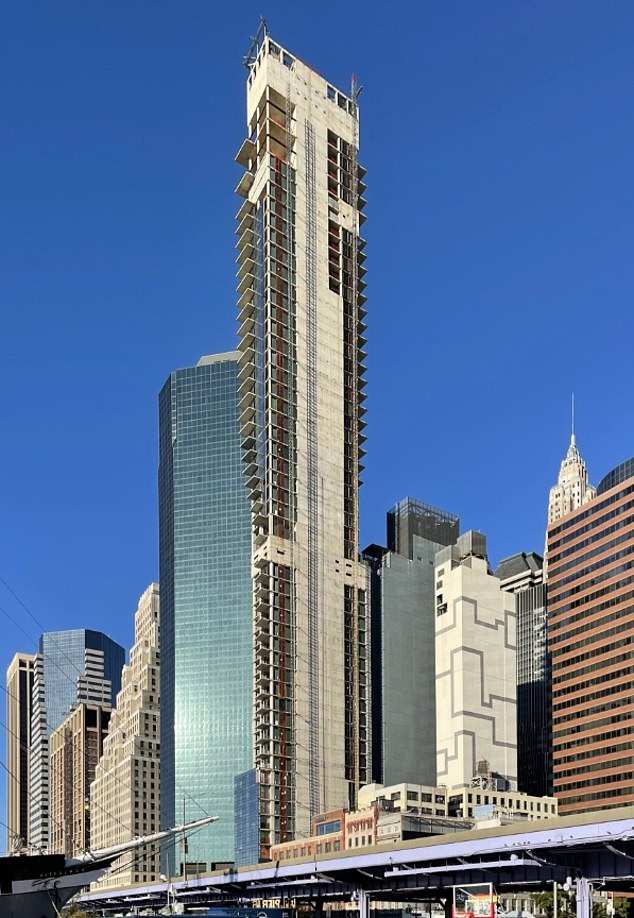
The One Seaport structure, pictured, has been on hold since 2020 amid mountain lawsuits and numerous controversies
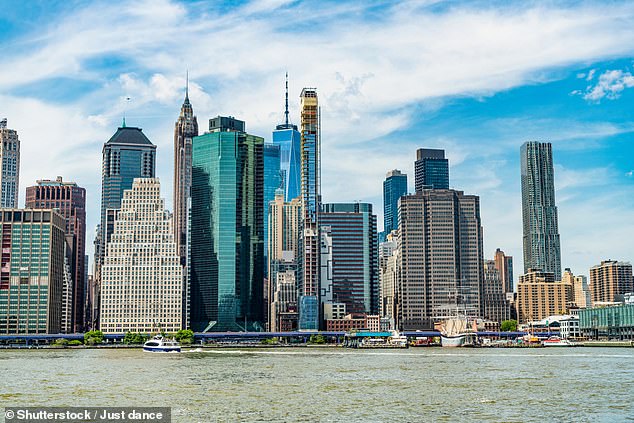
The building was in the top 100 tallest buildings in Manhattan when it was initially constructed
Construction halted in 2020 and now the $300 million project sits in limbo.
A series of court cases has been brought, including over unpaid wages.
The only work that has reportedly been carried out is by Pizzarotti’s replacement as general contractor, Ray Builders, who designed another glass curtain wall to accommodate the gaudy tilt.
But by July 2020, Ray Builders again stopped construction after claiming that Fortis failed to pay its workers, before resigning as contractor.
Bank Leumi, who reportedly gave Fortis a $90 million construction loan for the doomed skyscraper in June 2016, were subsequently blamed by Fortis for the non-payments in yet another lawsuit filed in August 2020, claiming the bank failed to follow through on part of its loan deal.
By the end of the year, the bank attempted to foreclose on its loan for the skyscraper, according to PincusCo, and as of February 2021, all but six of the condo buyers had cancelled their contracts.
Structural engineers have assessed the building as not being at risk of toppling over – but that does little to help rescue the project.
Fortis reportedly still hopes to finish the project one day – but it could be years before anyone takes up residence in Manhattan’s most disastrous project of recent years.












